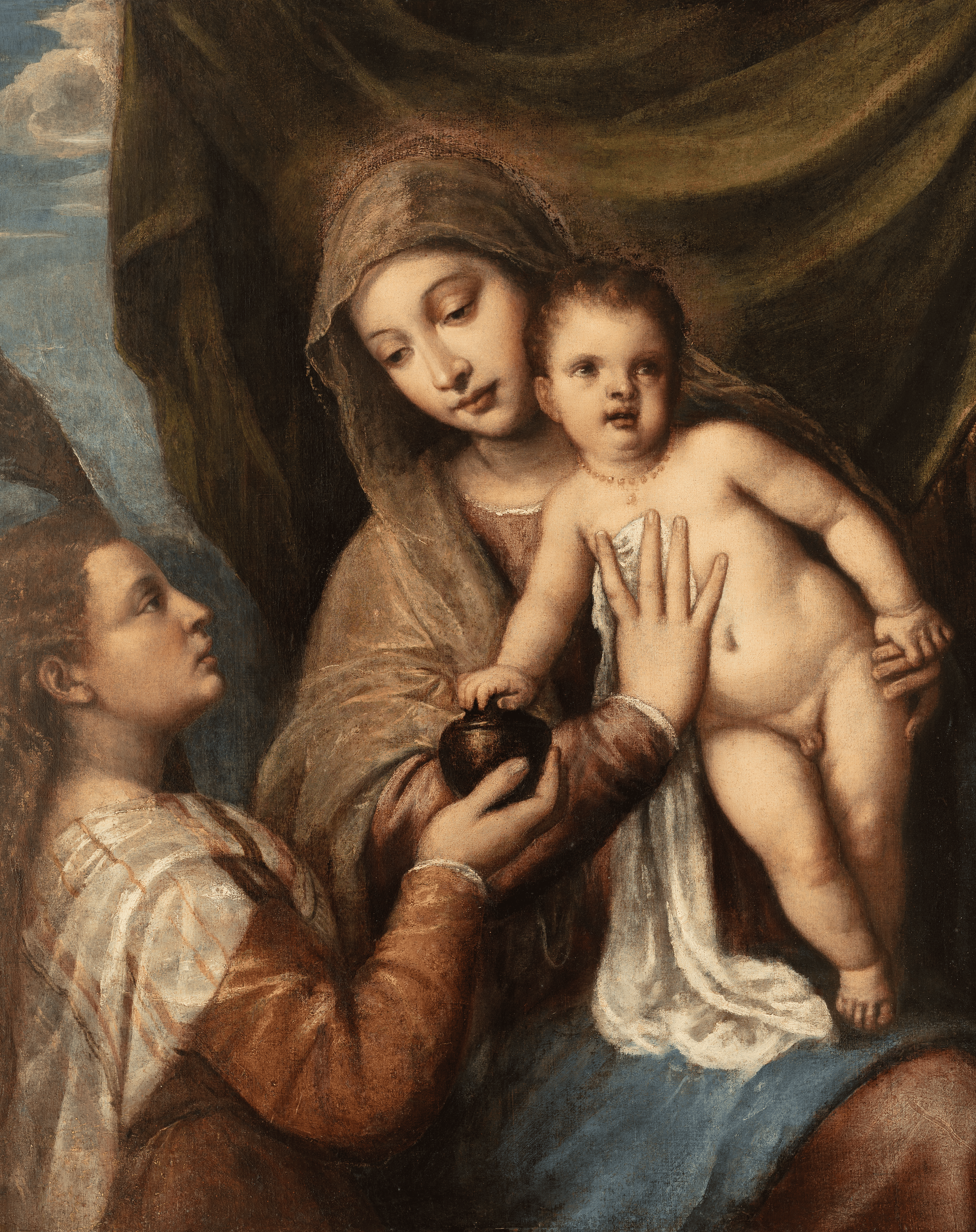For those who loves antiquities the BIAF, alias the Biennale Internazionale dell’Antiquariato di Firenze, is first and foremost the more seductive opportunity to meet with charm and elegance: a patrician palace with an outstanding terrace overlooking the Arno; beauty lovers from all over the world; opening fireworks and social reunions. And at the heart of it all, a remarkable collection of historical paintings, sculptures, furniture, ceramics, jewellery and artifacts. “The BIAF is like a museum, but where artworks are for sale” says Fabrizio Moretti, who has been the General Secretary of the Biennale Internazionale dell’Antiquariato di Firenze since 2014. A landmark for international collectors, capturing the attention of the best art dealers on the market, the 2024 edition of BIAF is just around the corner; the arrival of the 80 participating galleries is awaited, preparations are in full swing: “For the gala dinner, I’m struggling to accommodate all the requests—we’re dealing with crazy overbooking”, Moretti tells us with a touch of restrained enthusiasm.

The gala evening, embellished by a final fireworks show, will be held on Thursday the 26th with 780 guests seated throughout the halls of Palazzo Corsini, the epicenter of the exhibition event. The culinary “direction”, as it was two years ago, is entrusted to Massimo Bottura’s Gucci Osteria. Equally exclusive is the dinner planned for the following day, the 27th, this time in the Salone dei Cinquecento in Palazzo Vecchio. This event supports the Andrea Bocelli Foundation, where attendees will enjoy a performance by the Maestro himself and participate in a charity auction led by renowned auctioneer Simon de Pury, benefiting the foundation’s projects in Haiti.

In terms of glamor, these are the highlights of an event that originates from a well-defined identity, as the General Secretary points out: “The Biennale is both a commercial exchange and a high-level intellectual event, which naturally generates social interaction, a consequence of the beautiful, elegant, and refined environment it activates.” Moretti points out the BIAF’s appealing presence in the photo albums of its editions, filled with collectors, art enthusiasts, cultural personalities, business elites, movie stars, and other celebrities. This story began in 1953 when Luigi Bellini had the brilliant idea to gather the best of Italian antiques in his city. In 1959, his sons Mario and Giuseppe, with the support of the newly formed Associazione Antiquari d’Italia, launched the first event of this kind in the Renaissance splendor of Palazzo Strozzi, inviting an elite of foreigners who appreciated Florence’s wide cultural heritage. This tradition of collecting and investing in beauty and culture continued through the 19th and 20th centuries with the support of the major bourgeois and industrial families.

Today, the Biennale is regarded as the world’s foremost commercial fair for ancient Italian art, inviting a select group of antiquarians to offer a wide range of works guaranteed by an authoritative vetting. Of course, it’s no longer the 1960s when the event was the pinnacle of Italian social life. Comparing today’s atmosphere to that era, the lavishness of Art Basel and Tefaf pales in comparison, as an article by Bruno Muheim in Il Giornale dell’Arte recalled a few years ago. “All the great German, Dutch, English, Swiss or French heritages were present. The Florentine aristocracy received sublimely in its palaces, the fashion houses of Florence such as Emilio Pucci’s were crowded.” The 1961 exhibition was a showcase for the entertainment world, with stars like Josephine Baker, Greta Garbo, Sofia Loren, John Huston, and Silvana Mangano, accompanied by Mauro Bolognini, Paulette Goddard with Erich Maria Remarque, all witnesses to the refined world that was once referred to as the “jet-set”. Times change, as they say; and yet, credit must be given to Moretti’s management for bringing the spotlight back on the event even from an image point of view, that is, “for refreshing curiosity, because the Biennale has always been a great exhibition,” he defended himself, who has breathed these atmospheres since he was a kid: “It was the 1980s, and the Biennale instilled in me a reverential fear; when I went to see my father exhibiting, I felt like I was entering a world of the omnipotent, the untouchable, a world that almost scared me.” As an adult, Moretti has worked to expand the event’s audience, extending the boundaries of a sophisticated, niche market with untapped potential. This includes engaging younger generations and past invitations to contemporary art stars like Urs Fisher and Jeff Koons. Today’s audience is certainly more diverse, demonstrating that “we are open to everyone,” making the Biennale far less snobbish than one might think.
The special venue, the sumptuous Palazzo Corsini, has been home to Biaf since 1997 and is transformed by interior designer and scenographer Matteo Corvino. Gucci, the exhibition’s main sponsor, converts the Salone del Trono into a “living room” where visitors can share opinions and emotions. This unique atmosphere extends beyond these historic walls, connecting with Florence Art Week, a concurrent celebration of art in all its forms. This week includes activities and events for VIP Card holders from fashion houses along Via Tornabuoni, galleries on Via Maggio and Via de Fossi, and boutiques on Ponte Vecchio. “Art is for everyone, and our event is an invitation to discover and love it. This is a necessary awareness campaign in these times of cultural deficit,” concludes Moretti.
30 October 2024


